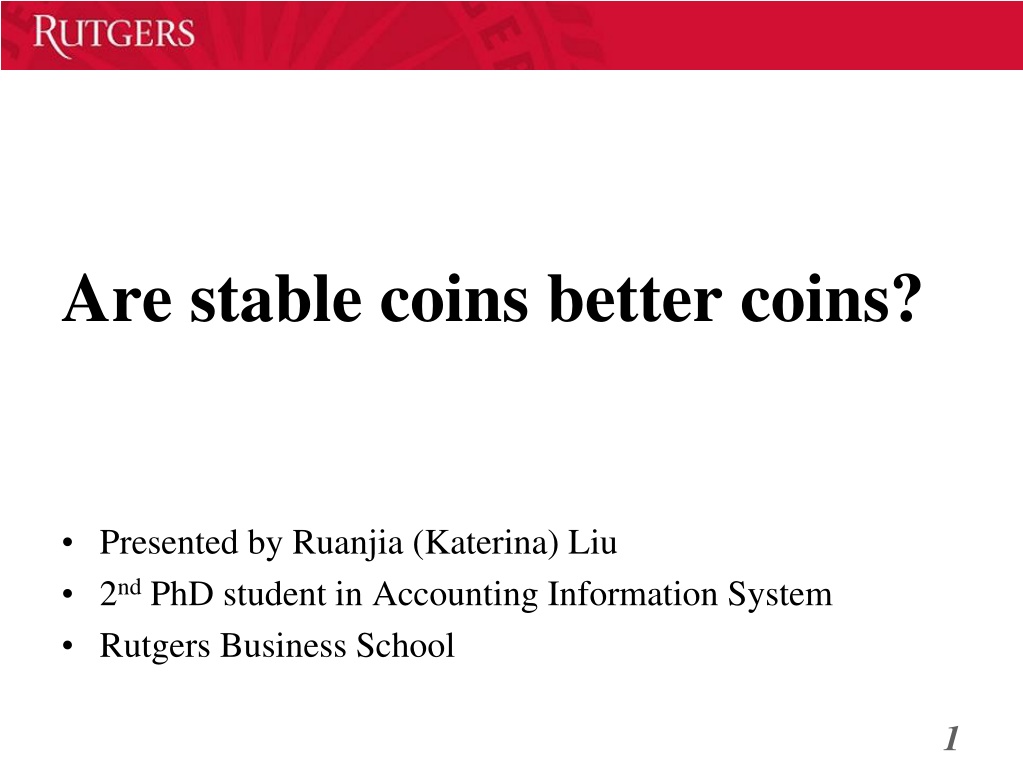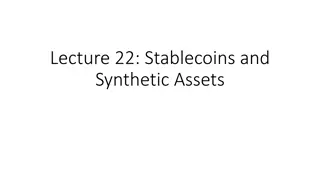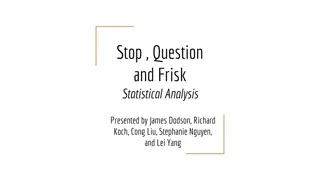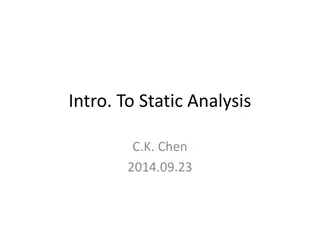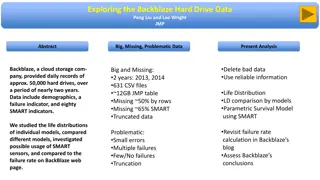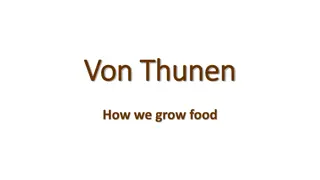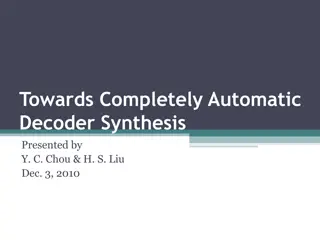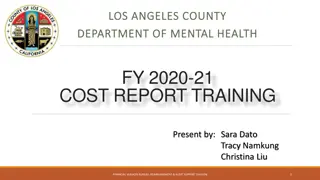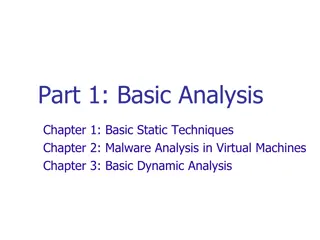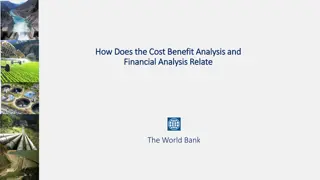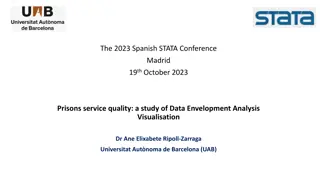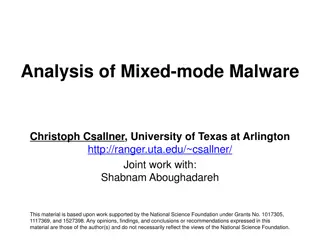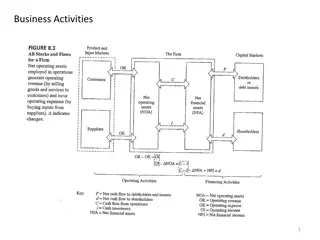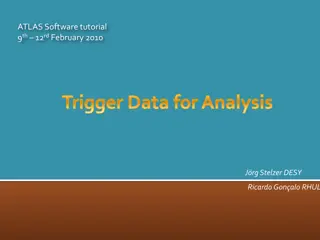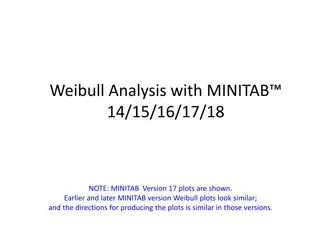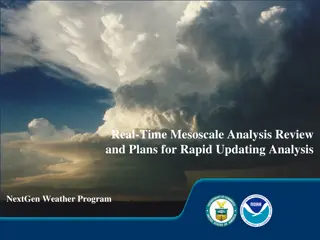Understanding Stablecoins: A Detailed Analysis by Katerina Liu
Stablecoins, a type of cryptocurrency designed to minimize price fluctuations, come in four main types: fiat collateralized, commodity collateralized, crypto collateralized, and non-collateralized. Among these, fiat-based stablecoins have shown higher survival rates compared to commodity-backed ones. The report also highlights the prevalence of asset-backed stablecoins, with Ethereum being the preferred blockchain network. The case of Tether, the 8th stablecoin by market cap, is examined, shedding light on concerns regarding its fiat reserves and banking relationships. The recent Tether scandal involving Bitfinex and the efforts to recover funds further underscore the complexities in the stablecoin market.
Download Presentation

Please find below an Image/Link to download the presentation.
The content on the website is provided AS IS for your information and personal use only. It may not be sold, licensed, or shared on other websites without obtaining consent from the author. Download presentation by click this link. If you encounter any issues during the download, it is possible that the publisher has removed the file from their server.
E N D
Presentation Transcript
Are stable coins better coins? Presented by Ruanjia (Katerina) Liu 2ndPhD student in Accounting Information System Rutgers Business School 1
Stable Coin Stable coin aims to overcome price fluctuation and boost cryptocurrency acceptance. There are four types: 1. fiat collateralized rely on fiat currencies such as the U.S. dollar to maintain their value are backed at a 1:1 ratio: for one stable coin, there is one unit of currency (like a dollar) as the reserve 2. commodity-collateralized stable coins: are backed by interchangeable assets, such as metals and oil 3. crypto collateralized: are backed by other cryptocurrencies such as Ether (ETH) are much more decentralized and over-collateralized to reduce price volatility risks (1:3 ratio) Katerina Liu
Stable Coin (continued) 4. non-collateralized stable coins: use an algorithmically governed approach to control the coin supply and demand The report ( An overview of the current state of stablecoins ) from the team at BlockData states: 95 percent of the active stable coins are asset-backed such as the US dollar or gold Fiat -based stablecoins have a higher chance of survival than commodity-backed stablecoins 50 percent of active stablecoins are developed on the Ethereum network. Ethereum network is the most common choice of blockchain protocols Katerina Liu
Stable coin- Tether Tether (USDT), created in 2012, is the 8th stable coin by market cap Criticism of Tether 1. fails to provide sufficient evidence of adequate fiat reserves 2. shares the same chief executive officer with the Bitfinex exchange( its sister company ) 3. lacks long-term banking relationships Cryptocurrency exchanges are forced to get involve with shadowy middlemen of the crypto industry because of the lack of access to the legitimate financial system Katerina Liu
Recent Tether Scandal The New York Attorney General sued Bitfinex for fraud in April 2019 Crypto Capital, the intermediary for Bitfinex exchange, said that $850 million in customer funds could not be returned How the Bitfinex react Borrowed from its sister company, the stablecoin issuer Tether to cover the $850 million hole Claimed that these $850 million amounts are not lost but had been seized and safeguarded by the government authorities in Portugal, Poland and the U.S BitFinex, operating both Bitfinex and Tether, plans to issue initial exchange offering of $1 billion worth of the Tether. It plans to buy back these coins after the recovery of $850 million Katerina Liu
Facebooks Libra Project Libra s mission is to enable a simple global currency and financial infrastructure (more efficient payments system) that empowers billions of people Of 7 billion people 1.7 billion are unbanked. That is 31% of the global population For those who do have access: Transfers are slow. A typical cross-broader payment takes three to five working days to complete Costs are high. On average, it costs 7% to send money internationally Costs are higher for the poor. On average, the unbanked pay $4 higher fees/month for cash access Katerina Liu
Facebooks Libra Project The world still runs on cash. 85% of global transactions use cash Cash can be hard to move around and easy to steal. U.S. retail businesses lose about $40 billion annually due to the theft of cash Thus, access to digital financial services can have a BIG impact Add $3.7 trillion to developing economies, and create 95 million new jobs Improve people s income earning potential by 20% and reduce extreme poverty by 22% Katerina Liu
Facebooks Libra Project Libra cryptocurrency: a stablecoin set to launch in 2020 which will initially let users transfer money between Facebook s Messenger and WhatsApp applications Libra coins will be stored on the Calibra wallet, a separate company to Facebook Users financial data is kept separate from their personal data on Facebook The Libra Association is an independent, not-for-profit membership organization. The Libra Association is made up of a group of diverse organizations from around the world. Katerina Liu
Libra reserve Main purpose: support stability and value preservation Each coin is backed with a set of stable and liquid assets Gives intrinsic value on day one and helps protect against the speculative swings of other cryptocurrencies Link reserve to the value of the USD or GBP (Great Britain Pound) but to a basket of currencies of the most popular fiat currencies including the euro and yen Even if one currency loses it s value, Libra will remain stable Users can have confidence that they will be able to sell any Libra coin at or close to the value of the reserve at any time Katerina Liu
How the Reserve Change Over Time Baseline: The reserve will remain fully backed across time The association may occasionally change the composition of the basket in response to significant changes in market conditions (e.g., to respond to an economic crisis in certain regions) The size of the reserve is determined by the size of the balances that users are holding in Libra The Libra ecosystem grow or shrink with demand. When the value of backed assets increase, new minting of coins occur Discourages runs on the bank : a coin is only fractionally backed, so users want to get their backing out before others do Katerina Liu
Setbacks and Public Pressure 6 of 28 Association members drop out: Stripe, MasterCard, VISA, PayPal, eBay, and Mercado Pago The Secretary of the United States Treasury, Steven Mnuchin, said that the government would be taking action if Libra project fails to meet the anti-money laundering standards (AML) Ashley Alder, Chair of the IOSCO Board, argued that since stablecoins possess certain features of typical securities, they should subject to significant international and public scrutiny Katerina Liu
Conclusion BTC markets are dominated by Tether with greater liquidity represented by lower spreads and higher volumes than other stablecoins The success of Tether offers proves that market participants prefer stability over decentralization in the short term Stablecoins are useful only when they are and implemented with stringent audits stable Libra has the potential to replace all current stablecoins given the large userbase of Facebook and the reach of the other members of the Libra Association Katerina Liu
Conclusion Unclear future Facebook could hold too much power the larger goal of Libra is to transform the global economy Facebook had issues with data privacy and Libra could ultimately threaten the power of the US dollar and other fiat currencies The breakdown of the system for a short time could cause the world distress The successful launch of Libra will have huge impact on cryptocurrency markets Katerina Liu
Q&A Katerina Liu
